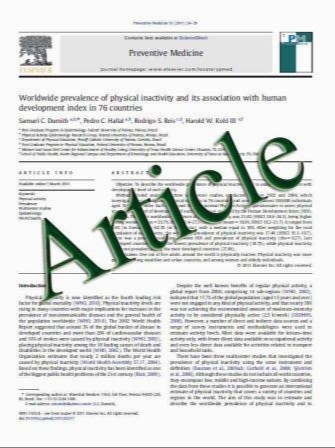UES Pressure During Phonation Using High-resolution Manometry and 24-h Dual-probe pH-metry in Patients with Muscle Tension Dysphonia
- نوع فایل : کتاب
- زبان : انگلیسی
- مؤلف : Evelyne Van Houtte Kristiane Van Lierde Evelien D’haeseleer Bart Van Imschoot Sofie Claeys
- چاپ و سال / کشور: 2011
Description
Muscle tension dysphonia (MTD) is the pathological condition in which excessive tension of the (para)laryngeal musculature leads to a disturbed voice. This study was developed to investigate if differences in pressure in the upper esophageal sphincter (UES) were present in patients with MTD in comparison with normal speakers. Concurrently, all patients were screened for gastroesophageal reflux disease (GERD) as an associated cause or aggravating factor in MTD. The study’s design was a prospective case-control study. Fourteen patients with MTD (mean age = 40.2 years, range = 22–62 years) and 14 adult controls (mean age = 33.9 years, range = 23–58 years) were studied. A water-perfusion assembly with 22 sensors was positioned to record pressures during phonation. The mean values of the phonation pressures at the UES were measured. All patients underwent a dual-probe 24-h ambulatory pH impedance in order to measure the pH and the height of the refluxes from the lower esophageal sphincter to the hypopharynx. There were no significant differences in the UES pressures of patients with MTD compared to those of normal speakers during phonation tasks and reading. Two patients were identified with GERD. In these patients the refluxate reached the UES but this did not influence the UES pressures. We conclude that this study was not able to detect differences in phonation-induced UES pressures between patients with MTD and normal speakers using a standard water-perfusion high-resolution manometry assembly. Future investigation should be focused on developing probes with closely spaced sensors in the hypopharynx and the esophagus in order to investigate if differences in UES pressures in these study populations are present
Dysphagia DOI 10.1007/s00455-011-9354-0 Received: 1 April 2011 / Accepted: 24 June 2011


